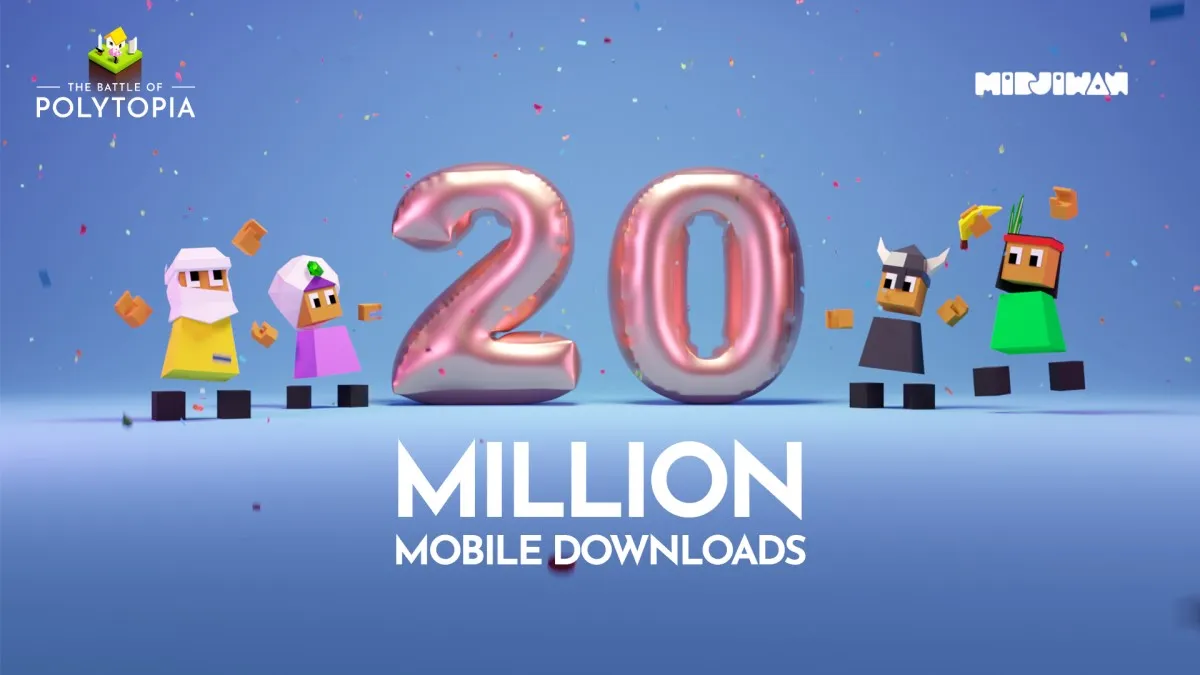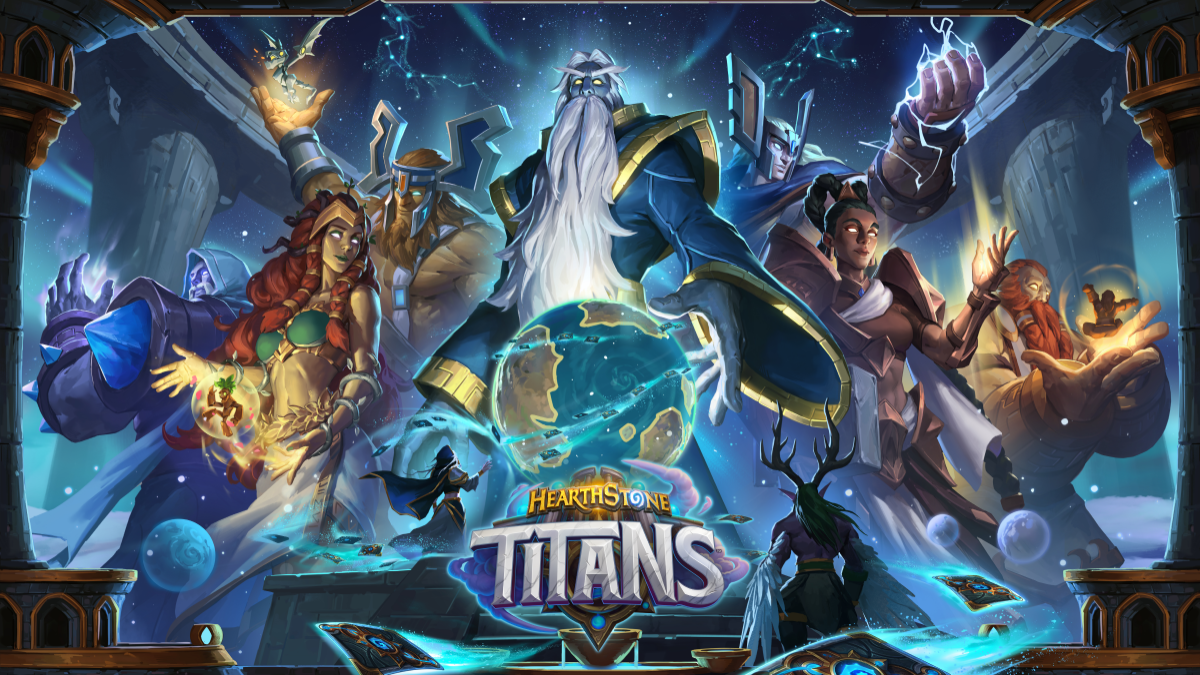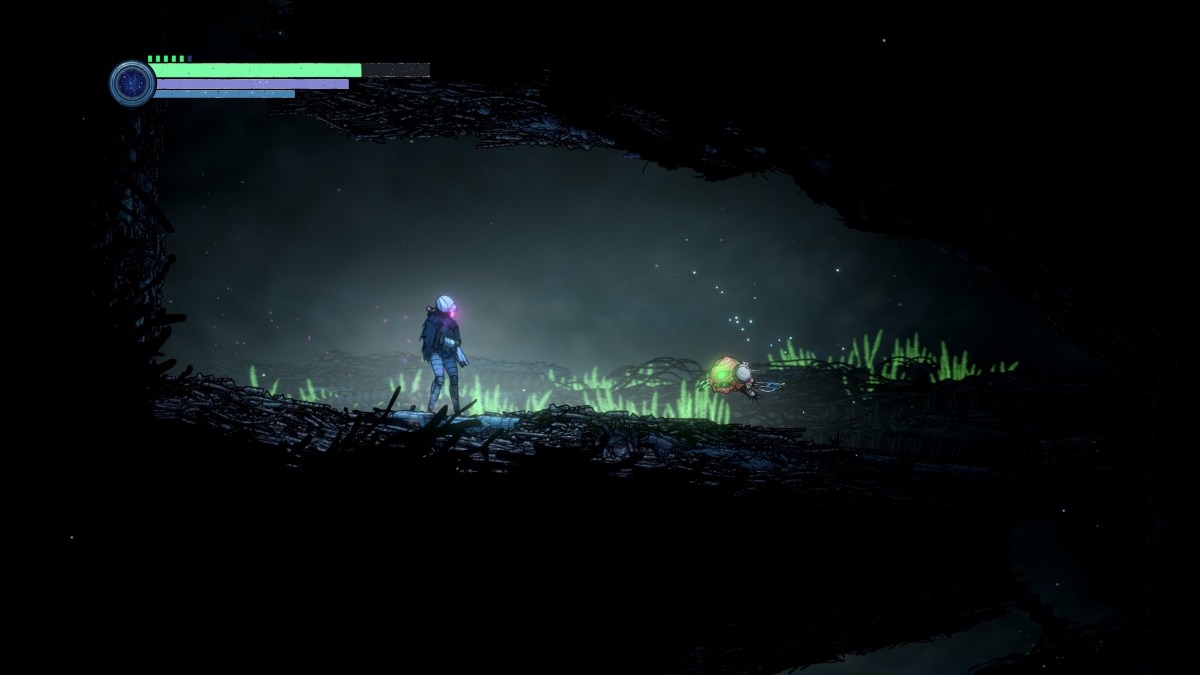Think Game of Thrones and you think blood, sex and politics. Well, that’s what I think of, anyway. Your view of the series may be slightly different, but probably includes those three elements in various quantities.
Any videogame game adaptation of such a popular set of novels/TV show has its work cut out when it comes to fulfilling the expectations of the audience. Furthermore, this is a fantasy RPG… that comes with it’s own lofty expectations off the back of Skyrim and The Witcher 2.
There’s no doubt that Cyanide Studios has its work cut out trying to please us all with this one.
We recently spoke with Game of Thrones’ (the game) art director Thomas Veauclin and lead designer Sylvian Sechi to discuss Cyanide Studios’ approach to the game, and what it’s like developing a franchise created by someone else.
Check back soon for our first-hand preview.
IncGamers: How difficult is it to write a story that feels fresh and new while also having to make sense within the framework that fan of the books/TV series are already so familiar with?
Sylvian Sechi: We chose from the beginning to create a new story for the player, because we wanted them to feel the consequences of their actions, and not just replay a story that they would already know from reading the books. We chose to do it during the period of the first book, and to use some of its strong themes. The biggest challenge was making sure everything we created was really respectful to what is said within the already written books, but also in the books to come. On that, George R.R. Martin was a great help.
Thomas Veauclin: The biggest challenge was to successfully recreate the soul of the license. We worked for about a year writing the script, to focus on the essentials. We wanted a structured story, not fan fiction.
IG: What’s behind the decision to tell the story from the perspective of two different characters? Why is that a narrative device that interests you?
TV: From day one, we wanted to provide a story from different points of view. This is a narrative pillar of the saga for us.
We also wanted a dense story, with many twists. And we wanted also a tactical gameplay action and to maintain a fluid rhythm, so we did not want to manage too many playable characters at the same time. We tried and two was the best number. So, we were ready to create our characters, their history, their relationship, their soul.
SS: There were actually two reasons. The first one was that the multiple point of view perspective is something we love and think is quite unique in the books. The second is that it allowed us to create a very deep and complex story with connection between different characters and the player to choose which point of view they feel the closest to.
IG: Which has been the bigger inspiration, the books or the TV series? Which elements have you taken from each?
TV: We started working on the game three years ago, so the TV series did not yet exist. We have mostly been inspired by the novel. But luckily, the TV series has also been greatly inspired by the novel, with maximum respect for the universe, so we went in the same direction.
What was most important to us with respect to the series, is the fact that it has brought to the public an initial picture of the saga. And we think it important that we incorporate this vision so that fans and other players recognize the license. We wanted to work on a single big picture.
SS: Books were the main reference since the TV show was only a rumour when we started working on the game. When it aired, we decided to use the likeness and voices of HBO actors for the characters that appear in the game and in the TV series – Cersei Lannister and Varys amongst them.
We also wanted to use their great music score, which is really immersive and perfectly matched to the game. We used the sigils and the throne visual as well. But, actually, it was not a huge amount of work because everything we created was already so faithful to the license, and all the dialogue and story were already approved by George R.R. Martin and match perfectly with the TV show.
IG: Could you explain the decision to stay away from ‘traditional’ side quests, and instead concentrate on more substantial plots.
SS: It was mandatory for us to immerse the player into a truly engaging story with choices and consequences both on the short and long term. You can’t do that with side quests – you need a strong main story divided into several chapters, and the only “side quests” we have are actually connected to the main one and will affect it depending if you decide to do them or not.
TV: Generally, we preferred to work on a single frame – a big story developed in depth. So, our side quests should be directly connected to the main plot. At Cyanide, we hate the clichéd quest: “Go kill three wolves in the forest because my son is gone and is still not back…”
IG: How often do you meet with George R.R. Martin? Does he know much about the videogame industry? Has he had direct input into the game, aside from story elements?
SS: We met George R.R. Martin on several occasions, and talked to him by email a lot (Santa Fe is not that close to Paris). He’s not really a huge gamer so he was mostly involved with story, respect of his saga and feedback on visual elements and representation.
TV: George is a busy man, so if we had tried to abuse his time, I think we would have cursed the fans to see the release of his novels delayed. Too dangerous, I value my life.
IG: Have you found it claustrophobic to write a story set within a world creatd by someone else?
TV: Absolutely not. That might be the case if we had wanted to tell the story from the novels, but from the beginning, we went in a spinoff direction. We all had latitude to work and give the player an epic adventure.
IG: Now that the TV series is so popular, is there now a bigger pressure to make a good game? Is it bigger than it was when the series was still only in novel form?
SS: No, we already put a huge pressure on ourselves from day one, three years ago. We’ve been great fans of the books for at least 10 years now, and we really wanted to bring a quality product under the license (which is not that frequent unfortunately).
The TV series was a success, but since we knew it was HBO who were doing it we knew it was going to be awesome and already expected the license to grow in popularity.
IG: Blood, sex and politics form much of the content in the series, does that hold true with the game?
SS: I’m used to saying politics, death and prostitutes. But yes, that’s definitely part of the game. It won’t be Game of Thrones without mature content.
TV: We really respected the style of the saga, but we did not try to overplay these elements. We tried to make a game mature, dark and political, without being vulgar or gory.
IG: Has it been difficult to design a combat system that feels realistic for the world, and meets the expectations of RPG players? Fantasy RPGs often come with an abundance of magical powers, for example, but Game of Thrones doesn’t feature much of that from human characters…
SS: We wanted to create a combat system that requires the use of your brain and that feels medieval. There is little magic in Game of Thrones, so we based our combat system more on combat styles rather than magical powers. We’re also using some medieval notions like piercing weapons that penetrate ringmail armor easily, or cutting weapons against plate armors not being particularly efficient, where using them against blunt armors would be a better choice.
TV: We had to make a medieval game with a little bit fantasy. But to provide enough different and fun gameplay elements for the player, we worked on profiles of atypical heroes. One of the two playable characters is a skinchanger and the other is a red priest, so you can be sure that players will have plenty of fun.
IG: Any differences between the console and PC versions? Is the gap between PC and consoles now so large that it’s time for a new console generation?
TV: We worked with the current constraints. We wanted to make a game on different platforms, while respecting each one, so were conscious of the different interfaces for both console and PC. Now, if we had to work on new consoles, for example, we would be happy.
SS: We decided to make some interface adaptation from console to PC to make sure the game uses an adequate navigation for PC, rather than just trying to make an interface that works both for PC and console. Which is almost always a disaster. Gameplay-wise; all platforms have exactly the same gameplay.






Published: Apr 30, 2012 03:23 pm